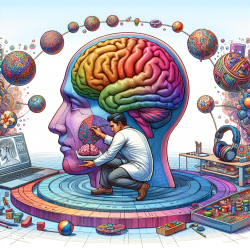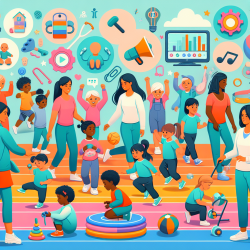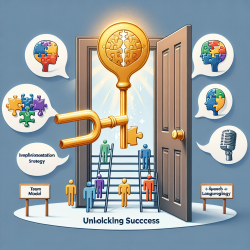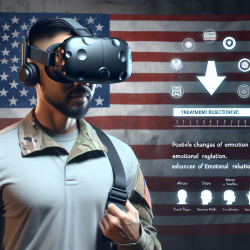Understanding the Temporal Lobe: A Key to Enhancing Practitioner Skills
The temporal lobe, a critical part of the human brain, plays a significant role in processing sensory input, language comprehension, and memory formation. As a practitioner in the field of online therapy, understanding the anatomy and function of the temporal lobe can greatly enhance your ability to provide effective therapy to students with special needs.
Anatomy and Function
The temporal lobe is located beneath the lateral fissure on both cerebral hemispheres of the brain. It is responsible for processing auditory information and is also important for the formation of explicit long-term memory. The hippocampus, located within the temporal lobe, is crucial for memory consolidation, while the amygdala is involved in emotion regulation and response to sensory stimuli.
Understanding the anatomical structure of the temporal lobe, including the superior, middle, and inferior temporal gyri, is essential for practitioners. These areas are involved in different aspects of sensory processing and language comprehension, which are often areas of difficulty for students requiring special education services.
Practical Implications for Practitioners
For practitioners providing online therapy, such as those at TinyEYE, knowledge of the temporal lobe's anatomy can inform therapy strategies. Here are some practical applications:
- Auditory Processing: Tailor interventions to improve auditory processing skills, which are critical for language development and comprehension.
- Memory Enhancement: Use techniques that stimulate the hippocampus to aid in memory retention and recall, important for academic learning.
- Emotional Regulation: Develop strategies to help students manage emotions, leveraging the role of the amygdala in emotional processing.
Encouraging Further Research
While this overview provides a foundation, practitioners are encouraged to delve deeper into the anatomy of the temporal lobe to fully understand its implications in therapy. Further research can uncover new strategies and techniques that can be implemented in therapy sessions, improving outcomes for students.
To read the original research paper, please follow this link: Anatomy of the Temporal Lobe.










